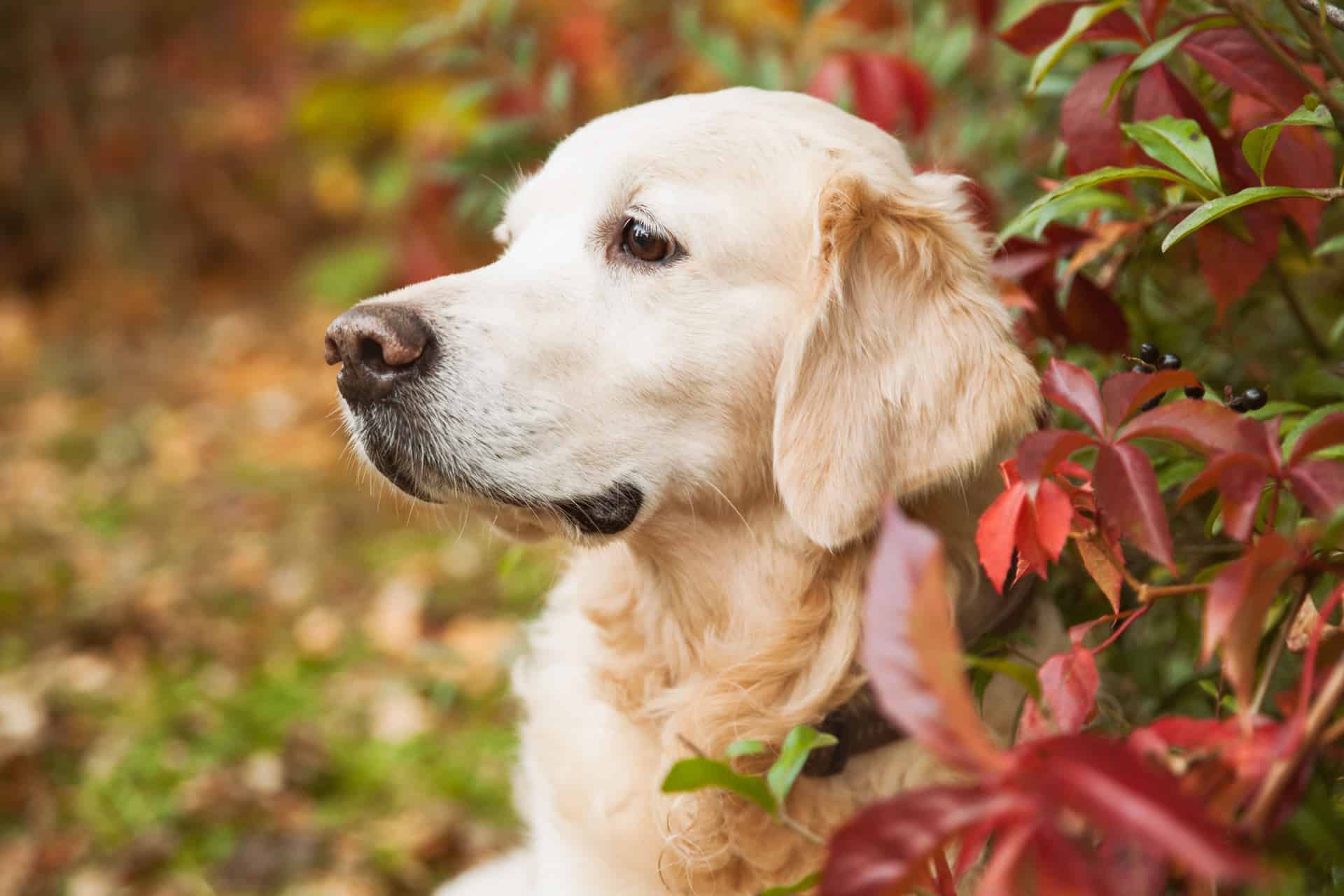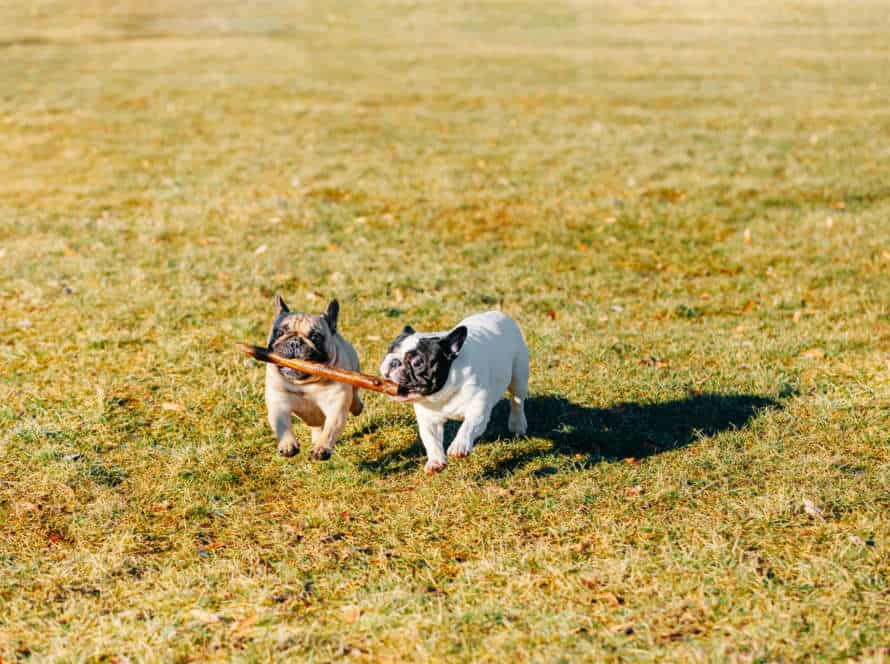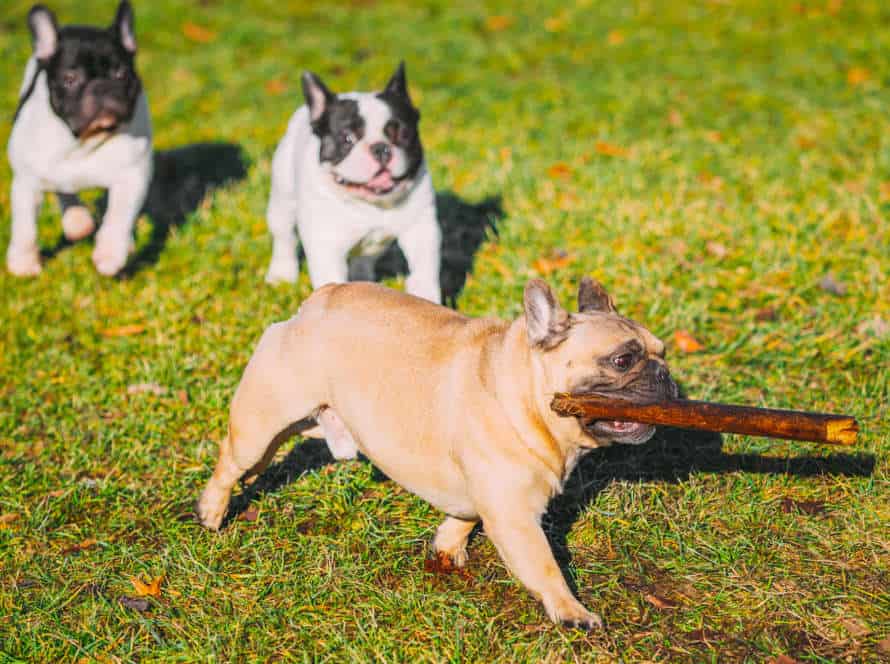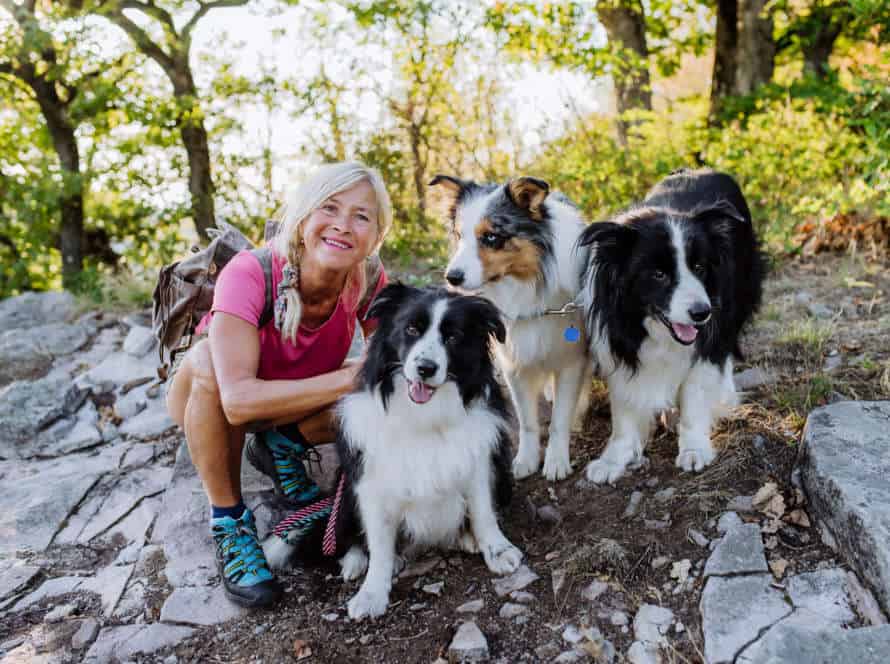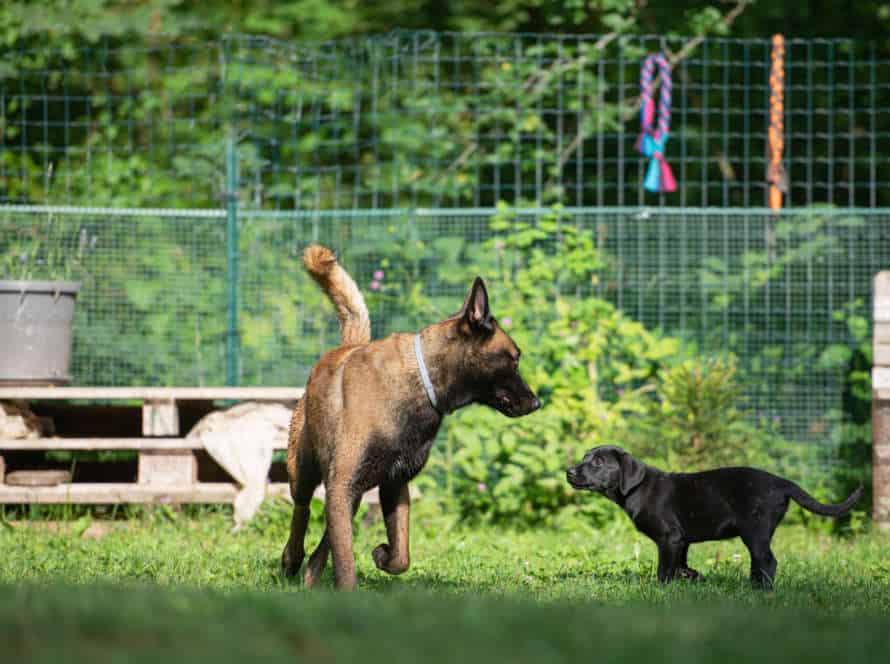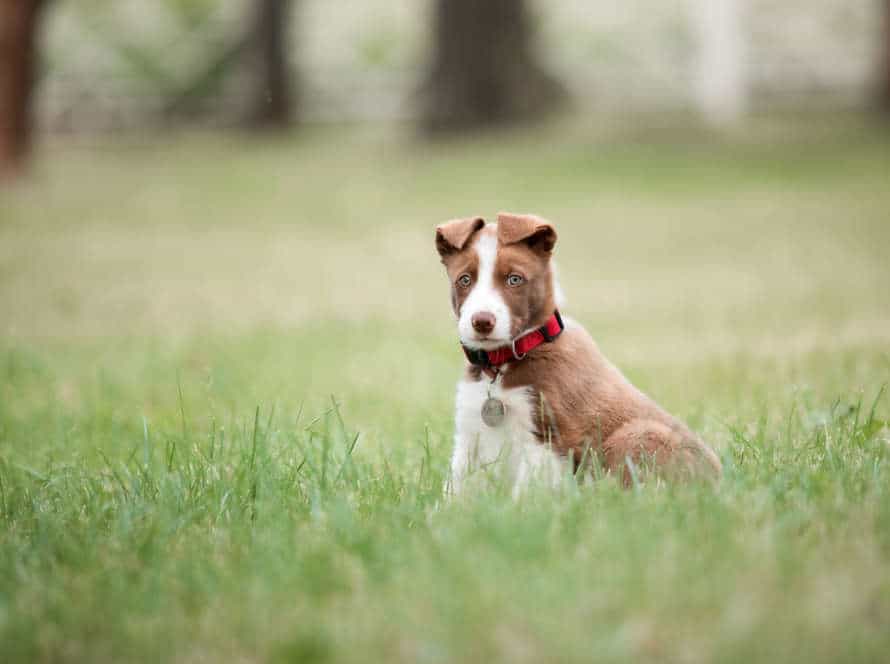Helping Dogs Cope with Separation Anxiety
Fear of being alone is common among dogs. But, there are ways to help them cope. Here are some tips:
- Teach your pup to be okay when you are away. Do this by slowly increasing time and frequency of your absence.
- Give your dog a place to go when they feel anxious.
- Put a piece of your clothing near them. They will feel less lonely.
- Give them something to do while you are gone, like a treat or toy.
- Hire a dog walker or pet sitter to give attention and care.
Be patient and consistent with your pup. This will help them feel less anxious. Ask your vet or dog behaviorist for more help.
Understanding Separation Anxiety in Dogs
Separation anxiety is a condition where a pup’s behaviour shifts when it’s not with its owner. It’s one of the most typical behaviour issues in dogs. Reasons for it can vary, like changes in environment, lifestyle, or lack of socialization. To help them get through, understanding the causes of separation anxiety in dogs is essential. Let’s dig deeper!
What is Separation Anxiety?
Separation anxiety in dogs is a type of psychological disorder. It makes them distressed if they are apart from their owners or primary caregivers. It is very common. It can cause destructive behavior, barking, or whining. To help your pup cope:
- Practice leaving them alone for short times and increase it gradually.
- Create a safe place with comforting scents and toys.
- Use positive reinforcement to teach them being alone has good experiences and rewards.
- Talk to a vet or behaviorist for professional help.
Know the causes and signs of separation anxiety. Make a consistent plan. This can help them feel better when left alone.
Signs and Symptoms of Separation Anxiety in Dogs
Separation anxiety in dogs can be tough. But, recognizing the signs can help you care for your pup. Here are some common signs of anxiety:
- Howling, barking, or whining when alone.
- Destructive behavior when you’re away.
- Trying to escape or scratching and digging at doors/windows to follow you.
- Urinating/defecating indoors when alone.
- Excessive panting or drooling.
- Pacing or restlessness.
- Loss of appetite or sudden change in eating habits.
If your pup has any of these signs, it’s important to understand the cause. Crate training and leaving comforting items like chew toys or blankets can help.
Why do Some Dogs Develop Separation Anxiety?
Separation anxiety is a condition in which dogs become stressed and panicked when alone. It can have several causes.
- Socialization during puppyhood is important as dogs not exposed to new people, pets or places are more likely to develop this condition.
- Trauma or abuse can also increase the risk.
- A change in routine can cause separation anxiety – for example, if a dog has a new owner or moves house.
- Over-attachment, where a dog is not used to being apart from its owner, can also be a factor.
Understanding why your dog has separation anxiety can help you to find solutions.
Pro Tip: Seek advice from a vet or professional dog trainer and make a behavior modification plan.
Preventing Separation Anxiety
Separation anxiety can be tough for dogs and their owners. It leads to distress, and physical problems if not managed. Knowing the signs is helpful, but better yet is taking steps to stop it happening. Read on to learn how to prevent separation anxiety in your furry friend!
Early Socialization and Training
Early socialization and training are key to avoiding separation anxiety in dogs. Puppies should be gradually accustomed to being alone, at a young age. Here’s how:
- Start crate training while rewarding calm behaviour when left alone.
- Increase the duration of alone-time, from seconds to several hours.
- Stimulate your dog before leaving; long walks, puzzle toys etc.
- Don’t make a fuss when you leave or arrive. Just go and come back.
- Consider getting a dog walker or pet sitter to break long periods of loneliness.
Socialization and training early and often can help prevent separation anxiety and make it easier for dogs to cope with aloneness.
Gradual Desensitization to Being Alone
Desensitizationis a great way to help dogs manage separation anxieties. It teaches them to be more secure when alone, and lowers their anxiousness. Here’s what to do:
- Show your pup that being alone can be great, with fun things like toys, treats, and food puzzles.
- Start small and build up the amount of time they’re alone.
- Do the desensitization exercise multiple times a day, in different places and times.
- Don’t scold your dog if they get anxious. It’ll only make them more stressed.
- If the anxiety is severe, seek professional help. A certified dog behaviorist can help create a plan tailored to your pup.
Providing Mental and Physical Stimulation
Giving mental and physical activity is essential to help dogs handle being alone and stopping it from happening. Here’re some ideas to keep your dog busy:
- Going for walks: Regular walks are good to keep dogs active, but also mentally active in case they can explore new smells and places.
- Puzzle toys: These toys are fun to keep your dog’s mind stimulated while you’re away. Fill them with snacks or peanut butter to keep your pup occupied.
- Training: Teach your dog fresh tricks and commands. It’ll be mentally engaging and enjoyable for both of you.
- Calming aids: Use calming aids, like pheromone collars or sprays, if your pup has difficulty with stress.
By using these tips, you can help your dog get mental and physical engagement and make their time apart from you more bearable.
Treating Separation Anxiety in Dogs
Separation anxiety can be a major issue for dogs and can have a big effect on their physical and emotional health. To assist dogs with separation-related stress, there are different approaches such as altering the environment, altering the pre-departure routine, and providing calming supplements. Let’s look at the options available for treating separation anxiety in dogs.
Medications for Separation Anxiety in Dogs
Separation anxiety in dogs is a common issue that can be treated with certain meds. Here are three types:
- SSRIs: These increase serotonin levels in the brain.
- TCAs: An older class of antidepressants used to treat separation anxiety.
- Benzodiazepines: Sedative effect, but use with caution as they can be addictive and cause drowsiness.
Remember: Medication should be used with a behavior modification plan. Consult a vet before giving your dog any meds.
Behavior Modification Training
Behavior modification training is a great way to handle separation anxiety in dogs. Here are some tips to make it work:
- Start by leaving them alone for short periods and slowly increase it.
- Reward them with treats and verbal praise for being good.
- Create a safe and comfortable place for them – like a crate or play area.
- Make sure they’re mentally and physically stimulated – like puzzles and exercise.
- If needed, get help from a professional dog trainer or behaviorist to make a custom plan.
Working with a Professional Dog Trainer or Behaviorist
Working with an expert dog trainer or behaviorist can be very helpful when dealing with separation anxiety in dogs.
How can a professional help?
- Diagnosis: They can tell if your dog’s behavior is really due to separation anxiety, or if something else is going on.
- Personalized plan: They will make a plan tailored to your dog’s needs.
- Positive reinforcement: They will use positive reinforcement to train your dog to feel safe alone.
- Constant support: They will give continuous support, so that your pup’s anxiety can be successfully treated.
With the right assistance and support, your canine friend can get over their separation anxiety and live a healthier, happier life.
Coping Techniques for Dog Owners
Do you have a dog with Separation Anxiety? It’s common, but can be challenging. Dogs with this issue may bark, howl, toilet inside, and even try to escape! Luckily, there are some techniques that can help. Let’s take a look at them.
For example, providing toys and treats to keep them occupied while you’re away. Also, create a good goodbye routine to help them understand you’ll come back. Lastly, increase the amount of time they spend alone gradually.
How to Prepare Your Dog for Your Departure
To make it easier for your pup to manage separation anxiety, here are a few tactics:
- A tranquil setting: Have a secure, cozy spot for your dog with their favorite items like toys, snacks, and bedding.
- Little by little: Slowly build up the time you’re away from your dog to reduce the tension.
- Stick to a schedule: Have a daily plan that your pooch can trust to quell their worry.
- Praise good behavior: Positive reinforcement works to produce a relaxed and self-assured pup.
- Utilize tech: Try a pet camera or play the TV or radio to give your dog a sense of companionship and activity while you’re gone.
Follow these tips to reduce the effect of your absence on your dog and help them feel safe and calm.
How to Ease Your Dog’s Anxiety While You’re Away
Dogs can feel anxious when their owners aren’t around. Thankfully, there are ways to ease their worries. Here are some tips:
- Desensitization: Start by leaving your pup alone for brief periods. Gradually, increase the time they’re alone.
- Design a safe zone: Create a space they can feel secure in, with cozy bedding, toys, and water.
- Distract them: Give them toys, chews, or puzzle feeders to keep them busy while you’re away.
- Aromatherapy: Specific scents, like lavender, chamomile, or bergamot, can help calm your pup. Use essential oils.
- Ask a pro: If nothing else works, turn to a dog trainer or animal behaviorist.
By using these techniques, you can help your pup feel relaxed while you’re away.
How to Reintroduce Yourself to Your Dog After Being Away.
Coming back home can be exciting and anxious for your pup. Here are some tips to help with the reunion:
- Stay calm, use a low and soothing voice.
- Don’t make sudden movements or touch your pup, if they’re scared.
- Give them space and time for them to come to you.
- Use treats or toys to create positive interactions.
- Establish a routine of playtime, walks, and training.
- Consider talking to a vet or dog behaviorist for advice.
Pro Tip: Before leaving, give your pup enough water, food, and toys. Don’t make a fuss when you leave or arrive to reduce anxiety.
Frequently Asked Questions
1. What is separation anxiety in dogs?
Separation anxiety in dogs is a behavior disorder characterized by excessive distress when a dog is separated from its owner or other people the dog is attached to.
2. What are the signs of separation anxiety in dogs?
The signs of separation anxiety in dogs include: excessive barking, destructive behavior, inappropriate urination or defecation, attempts to escape, and excessive drooling.
3. How can I help my dog cope with separation anxiety?
You can help your dog cope with separation anxiety by gradually getting them used to being alone, leaving them with toys or puzzles to keep them occupied, using relaxation music or pheromone products, and seeking help from a professional trainer or veterinarian if necessary.
4. Is it possible to prevent separation anxiety in dogs?
It may not be possible to completely prevent separation anxiety in dogs, but early socialization and training can help minimize the chances of it developing.
5. Can medication be used to treat separation anxiety in dogs?
Yes, medication can be used to treat separation anxiety in dogs, but it should be discussed with a veterinarian and used as part of a comprehensive treatment plan that includes behavior modification and training.
6. How long does it take to treat separation anxiety in dogs?
The time it takes to treat separation anxiety in dogs depends on the severity and individual factors, but it can take several weeks to several months of consistent treatment and training to see improvement.

